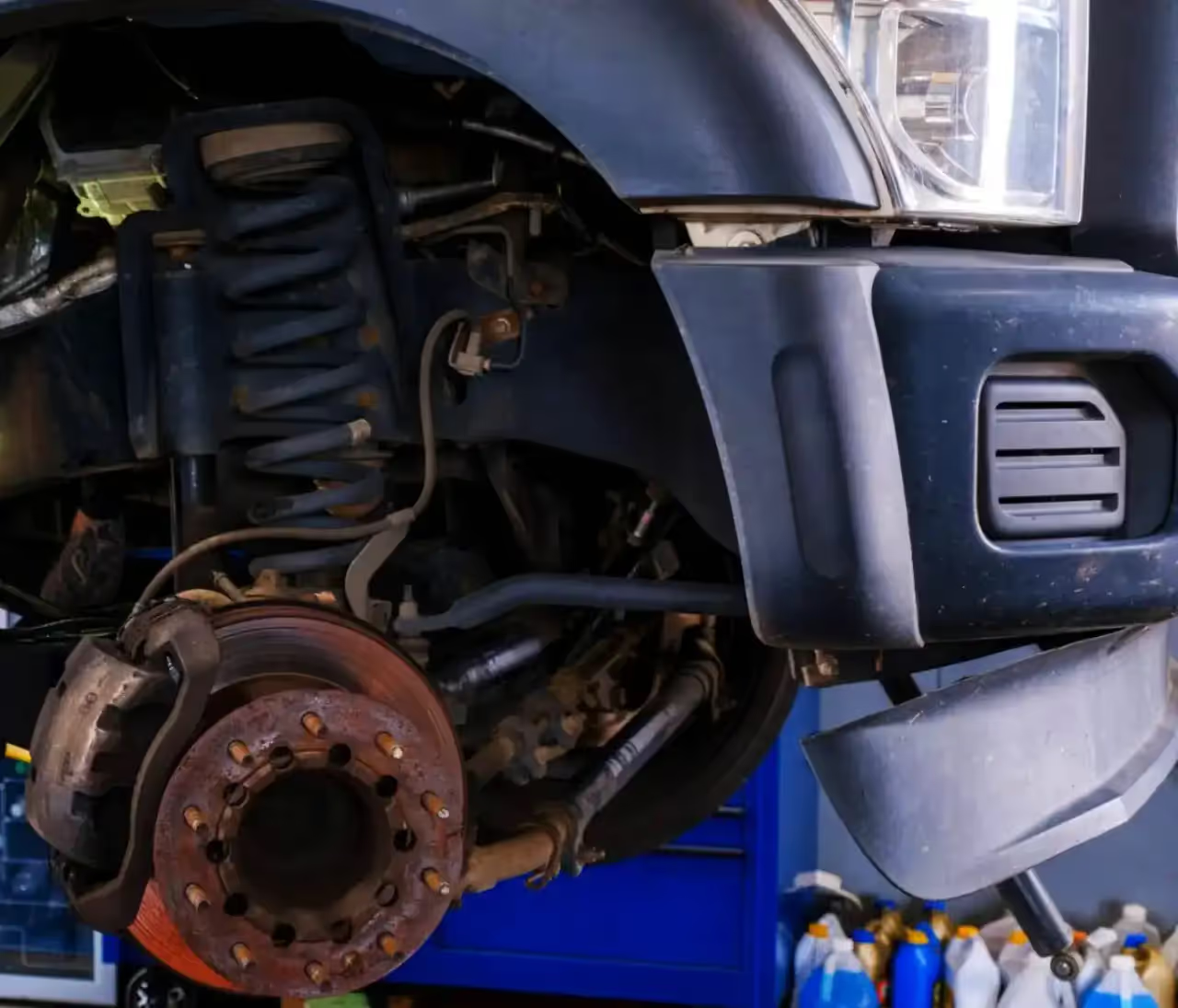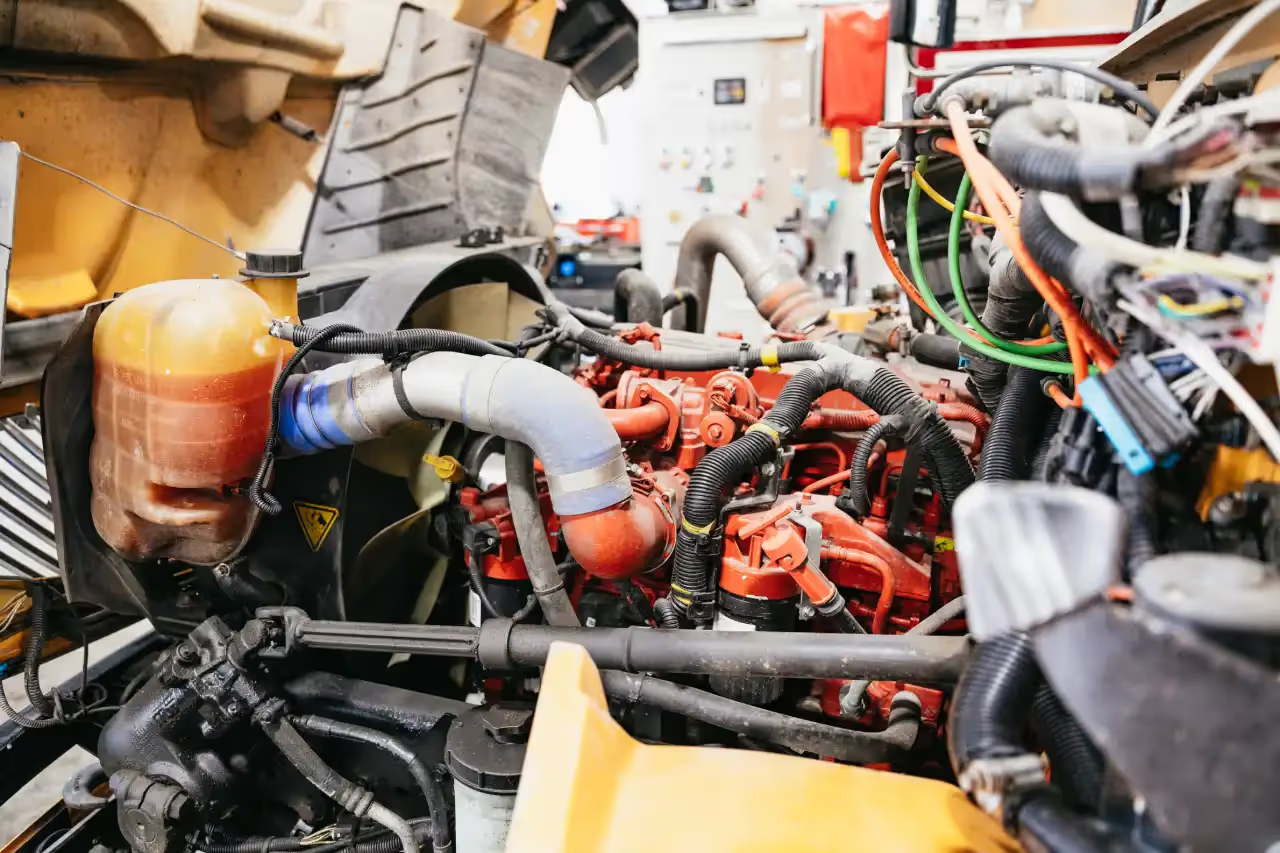If you're in the market for a heavy-duty truck, it's important to understand how weight distribution impacts truck handling. The amount of weight that is placed on the front and rear axles will have a significant effect on your vehicle's performance.
For example, if you're driving down a steep hill and want to avoid going over the edge of the road, you'll need to keep your wheels pointed straight ahead instead of turning them inward or outward as they bounce over potholes and bumps in the road. If your truck can't handle this type of terrain effectively then it could end up falling off a cliff or crashing into another vehicle due to poor handling characteristics caused by improper load distribution.
How Can the Weight Impact the Handling of a Heavy-Duty Truck?
The amount of a truck's weight distributed over the front and rear axles will have a significant effect on its handling and performance. A truck's weight distribution affects its handling and performance, so it's important to understand how your truck's suspension is designed. The front axle of a heavy-duty truck should carry about 70 percent of the total vehicle weight, with the rear axle carrying about 30 percent. The exact percentages vary depending on whether you have an independent or standard suspension system, but in both cases, the front axle should carry more than half of the total vehicle weight.
Weight distribution can be affected by tire size and type as well as axle ratios which determine how much torque gets delivered from each wheel/tire assembly into each wheel/tire assembly during acceleration so it's worth keeping these factors in mind when choosing new tires for your vehicle
Understanding the Axle Ratios
There are several key factors that you should consider when purchasing a truck. The first is the axle ratio, which is the number of times your wheel turns for everyone's full rotation of the driveshaft. For example, a 3:1 ratio means that for every three rotations of your tires, only one rotation occurs in relation to the driveshaft and engine. The lower this number gets. the better off you'll be because it means less strain on your transmission and other components inside your vehicle's drivetrain.
Lower ratios are also beneficial if you tow often or haul heavy loads over long distances they reduce wear on those parts while offering increased torque at low speeds so that they don't struggle under load as much as they would otherwise; however, they're not ideal for highway driving since they cause RPMs to rise quickly when accelerating from stops or trying to pass someone else on roadways where speed limits exceed 65 mph.
How to Distribute Weight Properly
Front Axle Weight
This refers to how much load is carried by each wheel in front of or behind your vehicle's centerline. It includes everything from passengers and cargo to fuel, water, and oil.
Rear Axle Weight
This refers to how much load is carried by each wheel behind your vehicle's centerline (including the trailer). It does not include cargo that may be located in the bed of some trucks but rather focuses only on what's attached directly onto the frame rails themselves i.e., trailers or fifth wheels mounted at specific points within their frame rails (more commonly known as "gooseneck" trailers).
Tire Contact Patch Width
This refers to how wide an area at any given time during travel has contact with the road surface through force exerted by tire treads against pavement surface during cornering maneuvers such as turning corners left/right while going straight ahead.
Be Mindful Before You Go Ahead with Upgrades
When you're looking for an upgrade for your tractor-trailer, you first need to consider how much weight you want your trailer to carry. The amount of weight that can be safely distributed among each axle is dependent upon the axle ratio and the axle weight. The greater the distance between each axle, the more evenly they will share their burden with one another. When determining how much cargo weight will be placed upon each axle in a given situation, it's helpful to know how many axles are present as well as what type single or tandem, and whether they're steered or not.
The number of axles on any given vehicle is often used as shorthand when describing its handling characteristics: two-axle trucks tend toward being lighter duty while four-axle designs are generally better suited for heavier loads over long distances without requiring frequent stops along the way; three-axle designs fall somewhere in between these two extremes depending upon which type of steering mechanism has been installed.
The Role Played by the Wheelbase
A heavy-duty truck has a longer wheelbase than its lighter counterpart, which helps distribute its load more evenly across the chassis. A vehicle's wheelbase refers to the distance between its front and rear axles; longer wheelbases provide greater stability and better balance in turns because they allow more leverage with less effort from tires while turning corners (or when backing up).
The increased length also gives drivers more room between seats so they don't need extra space behind them when driving through narrow spaces like parking lots or gas stations where other vehicles may pull up alongside yours unexpectedly.
You Need to Understand How Weight Distribution Impacts Truck Handling Before Buying One
When you're shopping for a heavy-duty truck, it's important to understand how weight distribution impacts truck handling. The axle ratio is the number of teeth on your differential's ring gear divided by the number of teeth on your axle shafts' pinion gears. If you have an 8-to-1 axle ratio and you're driving straight down the road at 60 mph (97 km/h), each tire will be turning at 4 revolutions per second (RPS).
A lower number means that there are more teeth on the pinion gears than there are on their ring gears which means less torque gets transmitted to each wheel. A higher number means more torque gets transmitted through each wheel as they turn faster due to fewer teeth in contact with each other at any given time.





.svg)

